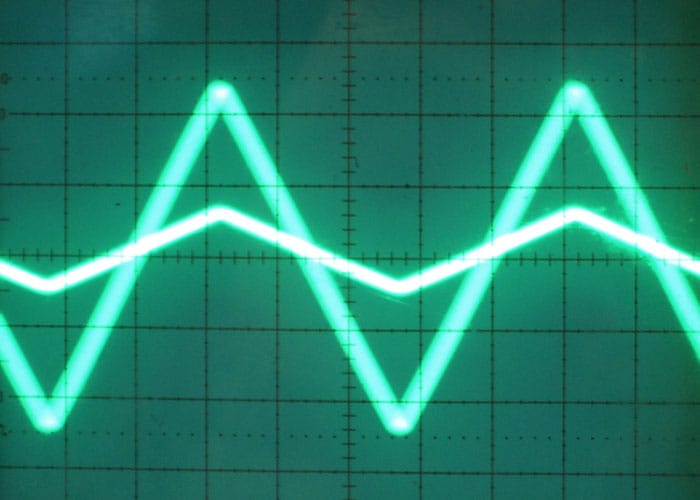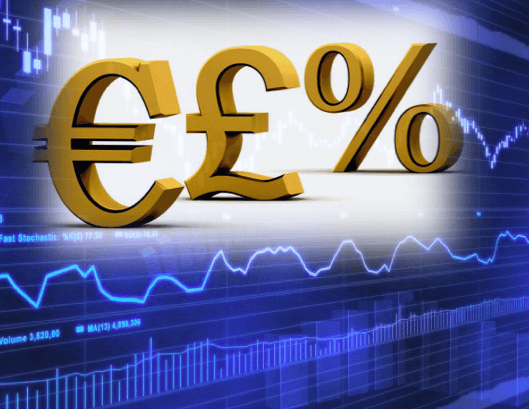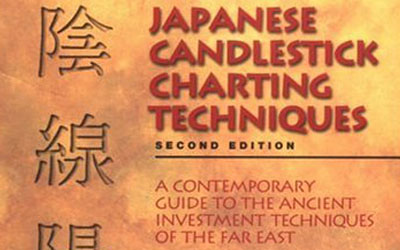In order to use the Elliot Wave Theory to trade forex – or indeed any other financial instrument – you need to be able to identify waves correctly. By developing an eye for the wave pattern that the market is in, you can use it to decide whether to go long or short on the market.
As we have mentioned previously, the waves in real price charts never look exactly like the perfect waves we use in our illustrative diagrams. Instead, we need to obey some strict rules in order to avoid mis-identifying the waves and therefore jumping to the wrong conclusions about the market.
The 3 Strict Rules of the Elliott Wave Theory
- Rule 1: Wave 3 CANNOT be the shortest impulse wave
- Rule 2: Wave 2 CANNOT go beyond the start of Wave 1
- Rule 3: Wave 4 CANNOT cross in the same price area as Wave 1
Needless to say, breaking or bending any of these rules is likely to result in a case of mistaken identity, and this can lead to a lot of losing trades. However, there are some additional guidelines that, unlike the rules above, can be broken.
- Sometimes, Wave 5 does not move beyond the end of wave 3, and this phenomenon is known as truncation.
- More often than not, Wave 5 will go beyond or “break through” the trend line that is drawn off Wave 3 parallel to a trend line connecting the start of Waves 3 and 5.
- On the whole, Wave 3 tends to be very long, sharp, and extended.
- Frequently, Waves 2 and 4 will bounce off Fibonacci retracement levels.
Tradersdna is a leading digital and social media platform for traders and investors. Tradersdna offers premiere resources for trading and investing education, digital resources for personal finance, market analysis and free trading guides. More about TradersDNA Features: What Does It Take to Become an Aggressive Trader? | Everything You Need to Know About White Label Trading Software | Advantages of Automated Forex Trading










































